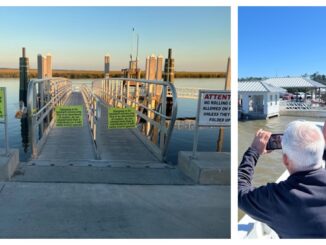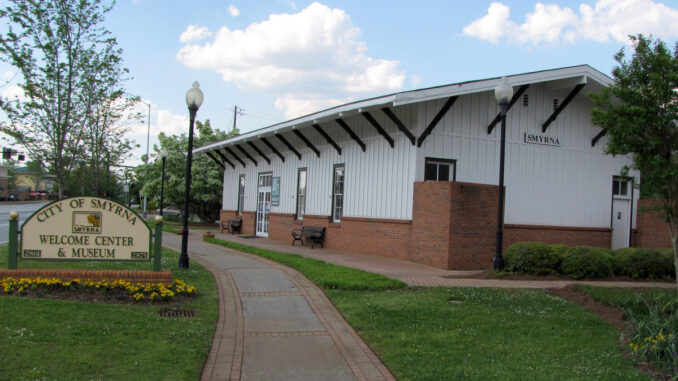
SMYRNA, Ga. — The Jonquil City is today perhaps best known as a suburb of Atlanta. But the city has a deep and unique history dating back roughly 200 years.
The city formally incorporated in 1872 and is named after one of Paul’s seven churches in Asia.
Here are five of the most significant moments in the city’s history, even though some happened before Smyrna was a city:
The railroad

Smyrna owes a debt a gratitude to the Western & Atlantic Railroad.
Crews laid tracks through the area starting in 1836 and completed this section of railroad in 1842. It was during this era that gristmills and factories appeared in the area, helping the small community to grow.
Battle of Smyrna
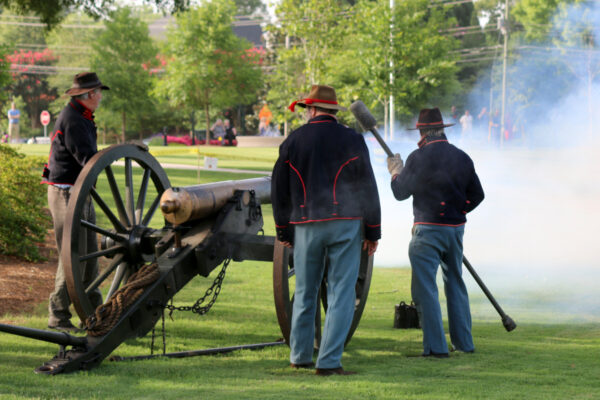
In the retelling of the Civil War, the Battle of Smyrna and the Battle of Ruff’s Mill nary solicit a mention.
However, in July 1864, Union and Confederate forces skirmished in the city. Though soldiers fired many shots, the battles did nothing to slow the Union advance or alter the course of the war.
However, many consider the River Line and its unique arrowhead-shaped forts known as “Shoupades,” the brainchild of Confederate Gen. Francis Shoup, one of the most robust fortifications erected during the war. The city developed one of the Shoupades into a municipal park.
Incorporation
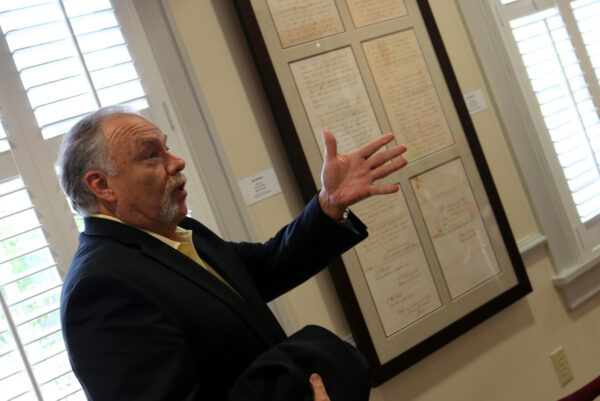
The Georgia General Assembly on Aug. 23, 1872, incorporated the city of Smyrna, setting the boundaries as one mile in every direction of the Smyrna Academy. The legislature also set the first Saturday in July as election day and named John C. Moore served as the city’s first mayor, a position then known as intendant.
According to “A Brief History of Smyrna” by William P. Marchione, Moore moved to Smyrna between 1870 and 1872 and worked for the Western & Atlantic Railroad. He is buried in the historic Smyrna Memorial Cemetery.
Belmont Hills
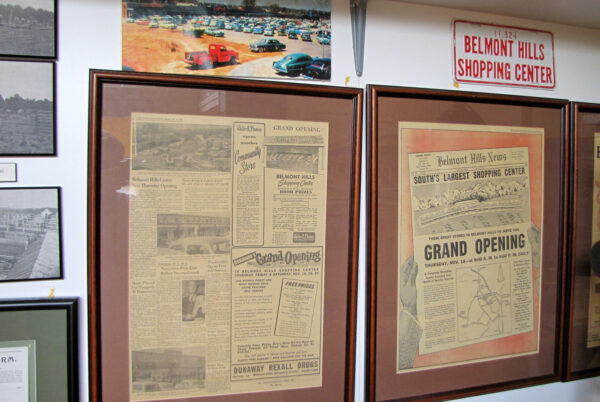
The 50-acre Belmont Hills Shopping Center was the largest shopping center in the southeast when it opened on Nov. 18, 1954, ushering in a new era for the city.
A new downtown
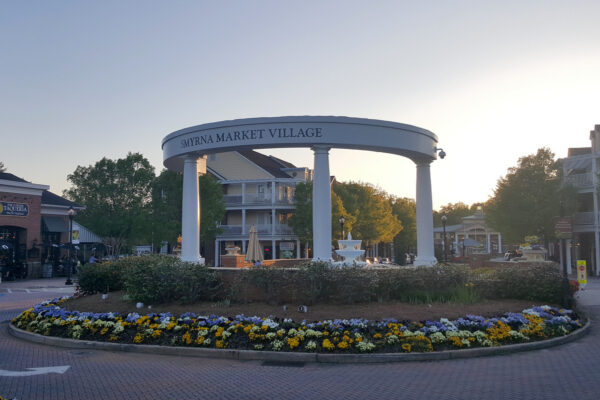
Downtown Smyrna is today known for its mix of residences, restaurants and retail stores. But, by the 1980s, the downtown area was rundown.
“Belmont Hills was the beginning of the end for downtown,” Living Intown magazine and ajc.com quoted Smyrna Mayor Max Bacon as saying. “When they built Cumberland, our downtown died. There were only a few antique stores and a couple places to eat. It was so bad that if you asked somebody to take you to downtown, there were three or four spots you could wind up, but none of them was a real downtown. In 1988, National Geographic did an article on Atlanta, and it mentioned nearby ‘redneck Smyrna.’ And it pretty much looked like a little redneck city.”
So, the city razed downtown, and in 1991, Smyrna Market Village opened.





